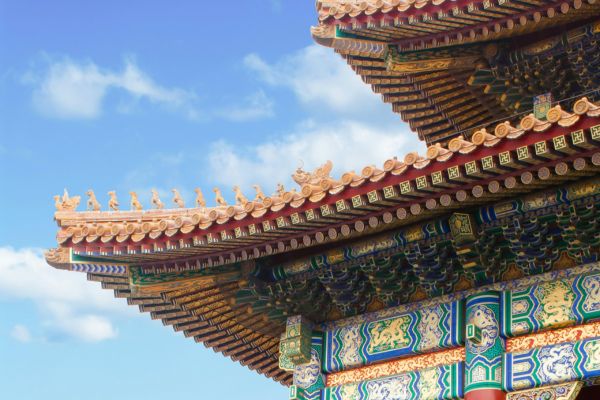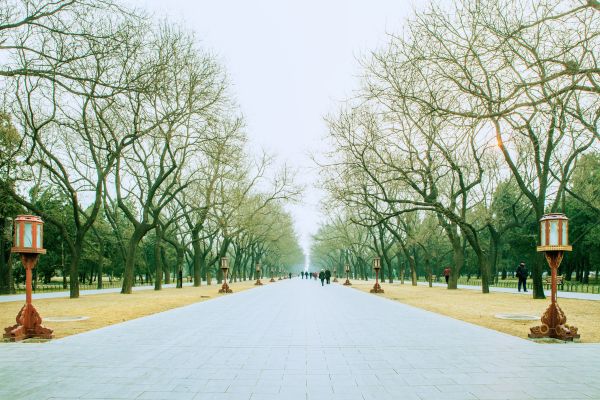
To learn more about the Case System in China, please click here.
China's Guiding Cases (指导性案例) are different from case law, and in essence, belong to statutory law.
Dr. Qin Zongwen (秦宗文), associate professor of Nanjing University (南京大学), published an article in “Law and Social Development” (法制与社会发展) (No. 4, 2015), outlining key features of Guiding Cases, which will help us understand this system.
1. Generation of guiding cases
In both common law and civil law countries, precedents are essentially the natural outcome of the judicial process. In other words, any judge can decide to make a case as a precedent, and in principle, any judgment may become a precedent.
China's Guiding Cases are selected by the top authority of the judicial system, i.e., the Supreme People's Court (SPC). That is, the lower courts, by means of the hierarchical structure, recommend candidate cases to the SPC level by level, from which the SPC selects some as the Guiding Cases.
2.Roles of cases
As normal practice in case law, the judge in each case has certain discretion in the selection and application of precedents. Thus, to some extent, the process of selection not only reflects the free will of each judge, but also ensures flexibility to achieve justice in each case.
In comparison, China's Guiding Cases mainly represent the will of the SPC. In fact, the word “guiding” has already disclosed its operation mode: the SPC tells all judges nationwide how to hear cases in certain circumstances. Therefore, the Guiding Cases actually become a means of top-down management within China’s court system.
3. Problems to solve
Case law is like "following history". It requires judges, when dealing with a current case, to look back and ask themselves repeatedly "what did we do last time"? As a result, case law means steady and slow evolution. Most of the time, it’s difficult to change and overturn precedents.
China’s Guiding Cases are more of "creating history". The Guiding Cases usually contain difficult and novel situations due to the lag of legislation and the loopholes in legislation. In the absence of legal rules, the SPC uses Guiding Cases to make rules in advance. Once a more appropriate solution is found afterwards, or the law is amended, the rules in the Guiding Cases are either incorporated or revoked. That is exactly why the SPC has specifically established the exit mechanism for Guiding Cases. (For a detailed discussion on the exit mechanism, please read an earlier post.)
4. Ways of application
In case law, the rules in a precedent are summarized by the judge who intends to invoke it. In contrast, the rules in China’s Guiding Cases are refined by the SPC when compiling the cases, i.e., the “Highlights of judgment”. Chinese judges make a judgment by directly referring to the key points of judgment in Guiding Cases. (For a detailed discussion on what Guiding Cases are like and how judges apply them, please read an earlier post.)
This is because:
(1) With the long-standing tradition of statutory law, most Chinese judges have not received training in summarizing rules from cases, and they cannot acquire this ability in a short time.
(2) Guiding Cases are to improve judicial efficiency, which will be reduced if the judges in each case are expected to summarize the rules from cases by themselves.
(3) Guiding Cases are to promote the uniformity in application of law and restrict the discretion of judges, and the judge’s own summary of rules will obviously further broaden his/her discretion.
(4) Guiding cases are to make justice more transparent. If the rules in the cases are not refined, it will be hard for the public to experience such transparency.
For all these reasons, the SPC only provides a “tailored” version of cases when issuing the Guiding Cases. In other words, the SPC believes that the judges merely need to read the simplified version when they refer to the Guiding Cases, without having to know the full text.
5. Comments
In my opinion, China’s Guiding Cases and the case-law of common law countries both aim at uniforming the application of law, but each has a different focus and works on a different dimension.
From a historical perspective, the purpose of case law is to keep the continuity of rules, i.e., to promote uniformity in the application of law from the historical dimension.
In contrast, the Guiding Cases ensure that courts nationwide apply relatively consistent rules over a short period, i.e., to promote uniformity in the application of law from the geographical dimension.
Contributors: Guodong Du 杜国栋 , Meng Yu 余萌









